Gilsar Lake: Nature’s Quiet Sanctuary
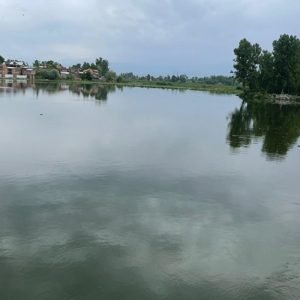


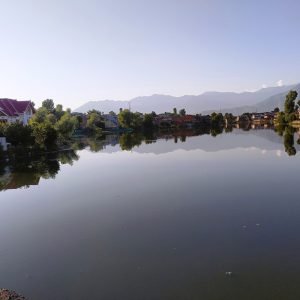

Table of Contents
ToggleIntroduction
Known as “Paradise on Earth,” the magical landscapes, shining lakes, and snow-capped mountains give a resplendent look to the prevailing beauty of Kashmir. While talking about the lakes of Kashmir, Dal Lake and Nigeen Lake pretty much dominate the current conversation; however, other lesser-known gems hold a significant place in the region’s culture, ecosystem, and history. One such lake is Gilsar Lake, a water body located on the periphery of Srinagar, connecting with other smaller lakes in the neighborhood.
1. Historical and Cultural Importance of Gilsar Lake
Gilsar Lake is historical in nature, dating back to the Mughal era. It was part of the greater lake and canal system that utilized watersupply to Srinagar and fed the local fields. The Mughals, who had a highly revered affection towards nature, especially nurtured a strong passion for Kashmir’s lakes and its gardens, and the integrative water system they created is testimony to their engineering feats.
Together with lakes Anchar and Khokharan, Gilsar is part of the larger network of the eco-social connection that connects human habitations, agriculture, and natural resource utilization. From a historical point of view, the lake was important not only to the communities whose irrigation and fishing were being made in the waters but also a watercourse of the city’s transport route.
Culturally, the Gilsar Lake is significant because it was the connect between urban life in Srinagar and rural life. Folklores and stories are built around the people who live and work and the migratory birds that come to Gilsar Lake during the winters. The lake, despite the degradation it has faced in recent years, is seeing efforts made at it to regain beauty and ecological health.
2. Geography and Location
Gilsar Lake is located in the northern part of Srinagar, the summer capital of Jammu and Kashmir. The lake is part of a trio of lakes that include Khokharan and Anchar Lake. Gilsar is linked to Khokharan Lake by a narrow channel and further linked to Anchar Lake that in turn connects to the world-famous Dal Lake through a network of wetlands and waterways.
Coordinates: 34.1212° N, 74.8029° E
Elevation: 1,580 m (5,180 ft) AMSL
The geographical configuration of the Gilsar basin makes it a critical component of the water subsystem of this region. Along with the lakes that are connected to Gilsar, it plays a significant role in sustaining water table ranges and hence regional biodiversity. Earlier, it acted as a natural reservoir of water that prevented flooding in Srinagar by diverting extra water during a heavy rainfall or when there was thawing of ice.
3. Ecological Importance of Gilsar Lake
Gilsar Lake is part of the intricate wetland system of Kashmir, providing critical ecosystem services like water filtration and flood control and a habitat for wildlife, particularly migratory birds. The wetlands surrounding Gilsar, including Hokersar, are considered international in importance under the Ramsar Convention.
a. Biodiversity and Bird watching
This relatively small Gilsar Lake, through its waters, welcomes a wide variety of migratory birds, especially during the winter season. The lake is their resting spot during migration to Siberia and Central Asia, or toward Europe. Commonly seen birds include:
Common Teal
Gadwall
Northern Pintail
Northern Shoveler
Mallard
Coot
Greylag Goose
Apart from the birds, the wetlands surrounding the lake boast a wide variety of aquatic plants, fish species, and invertebrates. The existence of these ecosystems is very crucial in maintaining biodiversity and additionally provides a natural sink for carbon; therefore, they are very vital in mitigating the impacts of climate change.
b. Role in Hydrological Cycle
Gilsar Lake, along with its sister lakes, adds much to the hydrological balance in Srinagar and the surroundings by recharging the ground water supply, supporting local agriculture, and restricting the flow of water during the events of flooding. By integrating with Dal, Anchar, and Khokharan lakes, Gilsar acts as a buffer; it collects excess water when there is intense rainfall during any season and then gradually releases it to its natural flow.
4. Deterioration and Preservation Issues
Gilsar Lake has faced extreme environmental degradation resultant of urbanization, pollution, and encroachment that have plagued this region for decades. Once a crystal-clear water body with thriving ecosystems are now at the risk of several human activities.
a. Pollution and Waste Management
Pollution is undoubtedly one of the most severe challenges Gilsar Lake faces in present times. Untreated sewage from the surrounding residential areas, industrial waste, and agricultural runoff have contributed to an increased nitrates and phosphates content in the water, resulting in eutrophication. An increase in excess nutrients in the water causes algal blooms. Such a scenario causes oxygen deficiencies in the water and hence impacts the aquatic lives.
Another is the problem of solid wastes since plastic and other non-biodegradable wastes are piling up in the lake. The floating debris not only adversely affects the ecosystem of the lake but also reduces its beauty, thereby making it less attractive to tourists.
b. Encroachment and Urbanization
Urban sprawl and encroachment have largely reduced the area of Gilsar Lake. Illegal constructions around the periphery of the lake have blocked the water channels and diminished the open area in which the natural flow of water can take place. This has led to loss of biodiversity, increased sedimentation, and continued degradation of the lake.
c. Rehabilitation Programs
Several programs are set in the recent past to rehabilitate Gilsar Lake to prevent further degradation. These include:
Projects targeting wetland restoration involve the reestablishment of the natural types of vegetation to be planted around the lake beside eliminating the invasive types.
Sewage Treatment Projects: Plans to establish sewage treatment plants in the neighboring areas to alleviate untreated wastewater into the lake.This includes participation of various local organizations and environmental NGOs in engaging the community to involve them in this process of conserving Gilsar Lake. Various clean-up drives, awareness campaigns, and educational programs are part of such efforts.
To prevent degradation and ensure preservation for future generations, government initiatives were undertaken under the LAWDA, J&K. Such efforts need to be magnified and continued in a sustained manner for change.
5. Best Time to Visit Gilsar Lake
The best time to visit Gilsar Lake depends on what you would like to experience.
Summer (April to June): The visit to Gilsar Lake during the summer season is an excellent opportunity for birdwatching as many migratory species can be seen. The weather is pleasantly warm, and places around it are so green that it allows for good walks through nature and sightseeing.
Autumn (September to November): This is also the period when one must visit Gilsar Lake as the play of colours of leaves lends a photograph perfect view. Weather becomes cool but neither too cold.
Winter (December to February): The winter season may be partially frozen, which gives a rare glimpse of Kashmir’s winter. The season also welcomes the Siberian migratory birds, hence becomes one of the best destinations for bird-watching.
Visiting Gilsar in the monsoon season (July to September) is not advisable, because the place may flood and all routes lead to waterlogging.
6. How to Reach Gilsar Lake
By Air: The closest airport is Sheikh Ul-Alam International Airport in Srinagar, which is approximately 18 kilometers from the lake. There are taxi service options and shared cab services also available from the airport to the lake.
By Rail: The nearest railhead is Jammu Tawi, which lies at about 300 km from the destination. From Jammu, you can take a bus or taxi to Srinagar. Srinagar is connected by bus and by road, though rail connectivity to this region is going to get upgraded.
By Road: Gilsar Lake is very accessible by road from Srinagar. It is around 5 kilometers from the city center. One can hire a taxi or make use of local buses or even drive their own vehicle to the lake. Auto-rickshaws and local buses also ply on routes that pass by the lake.
7. Things to Do at Gilsar Lake
While Dal Lake has become too commercial, Gilsar Lake still has a range of activities for its visitors who are excited to see the natural landscape and the cultural heritage of the region.
a. Bird Watching
Main attractions at Gilsar Lake include bird watching. Wetlands around the lake attract migratory birds of various species during winter. Carry binoculars and a camera to take pictures of sights, including Common Teal, Gadwall, and Northern Pintail.
b. Photography
Gilsar Lake is known to present ample photographic opportunities in the likes of nature photography and wildlife photography. It is due to the scenic beauty in the form of a lake, which has not only trees and wetlands as its border but also some distant mountains in sight. During the winter season, this attracts the migratory birds and can turn out to be a great hotspot for wildlife photography.
c. Boating
Though not as well developed as that of Dal Lake, it is still possible to boat across some parts of Gilsar. You can hire a ride with local boatmen who may take you across the lake to relish the tranquil beauty of the lake from the watery world. Boating gives a different view of the lake and its wetland surrounding areas.
d. Nature Walks and Picnics
The surroundings of Gilsar Lake are perfect for nature walks, especially when there is an opportunity to take those in the summer and autumn months. It is a very quiet and blissful scene, especially with the chirping of the birds that makes this place a very good location for a quiet retreat or a family picnic.
e. Lakes Tour
As Gilsar Lake itself is not a single lake but is a system with connected Anchar and Khokharan lakes, explore the whole system is possible. Definitely have lot more other sights of birds in Anchar which is also a wetland area.
8. Accommodations near Gilsar Lake
There are no direct hotels or resorts in Gilsar Lake. However, there are several accommodation options around Srinagar, a ride from which will take you hardly 30 minutes. The city of Srinagar has both costly and cheap guesthouses, hotels, as well as commercial accommodations.
Luxury hotels: With Lalit Grand Palace and Vivanta by Taj some of the luxury hotels with the best services and excellent scenic views over mountains and lakes.
Houseboats: A stay in a houseboat at Dal Lake or Nigeen Lake can really be considered as a good view as well as absorbing some of the culture that Kashmir is famous for. One can easily take a day trip to Gilsar Lake from a houseboat.
Budget Hotels and Guesthouses: There are a number of guesthouses and budget hotels available in and around the main market areas of Srinagar, such as Lal Chowk and Dalgate, for budget conscious travelers.
9. Information and Recommendations
Permits: Indians need no kind of permits to enter Gilsar Lake, but foreigners may have to take some permits for certain restricted areas of Kashmir near the Line of Control (LoC).
Connectivity: Major mobile networks operate in Srinagar, but coverage may not be very strong close to Gilsar Lake. Offline maps must be carried and the phone recharged up to their full capacity before venturing out into the wild.
Clothing: Winters: Heavy woolens and gloves are must-haves. Summertime: Lightweight clothes are comfortable, but a jacket would come in handy during the evenings.
Health Precautions: Travellers not used to such climatic conditions will undergo the effects of high altitudes and cold temperatures in Kashmir. Drink a lot of water, do not over exert, and be properly cared for if you have breathing issues as the cold bites will really irritate you.
Conclusion
Gilsar Lake is a treasure wrapped inside Kashmir, a retreat from more commercialized places, but for those who believe peace is worthy of a comfortable location. Despite environmental degradation due to years, work is still under process to fully restore and conserve this lake. Being a destination for nature lovers and bird-watchers or perhaps someone venturing deeper to explore Kashmir’s lesser-known natural beauty, Gilsar Lake is great. Awareness and tourism practices bring to the fore the lost glory of Gilsar Lake, and it will be able to be at the forefront of Kashmir’s ecological heritage.
How to book a trip to Gilsar Lake, India with Charzan Holidays?
For a seamless and exceptional booking experience, contact Charzan Holidays at reservations@charzan.in or call us at +917889504310.


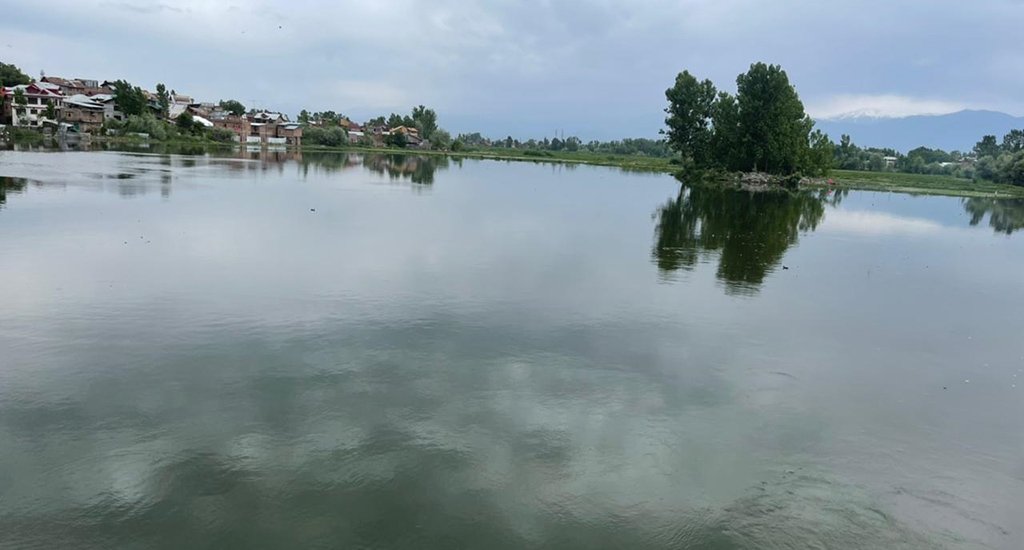
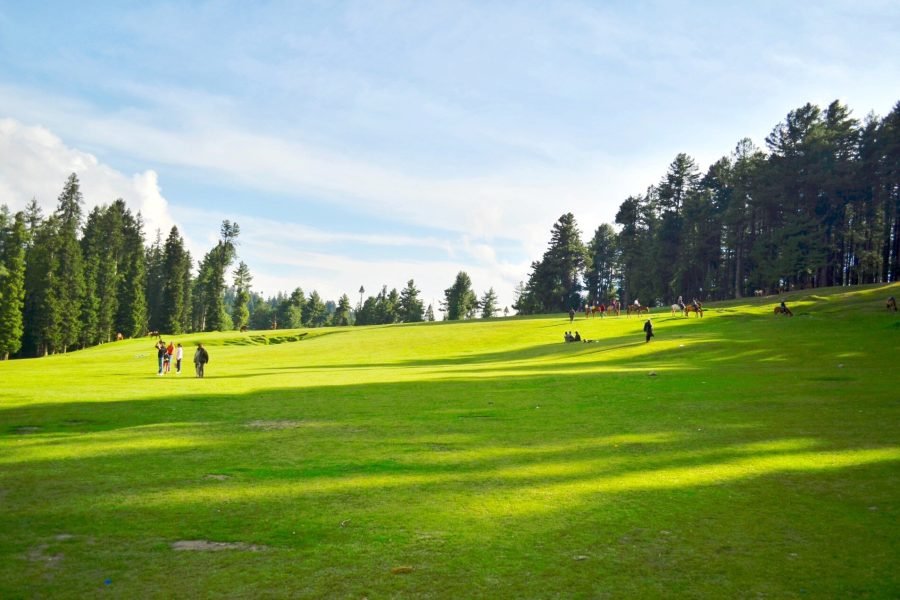
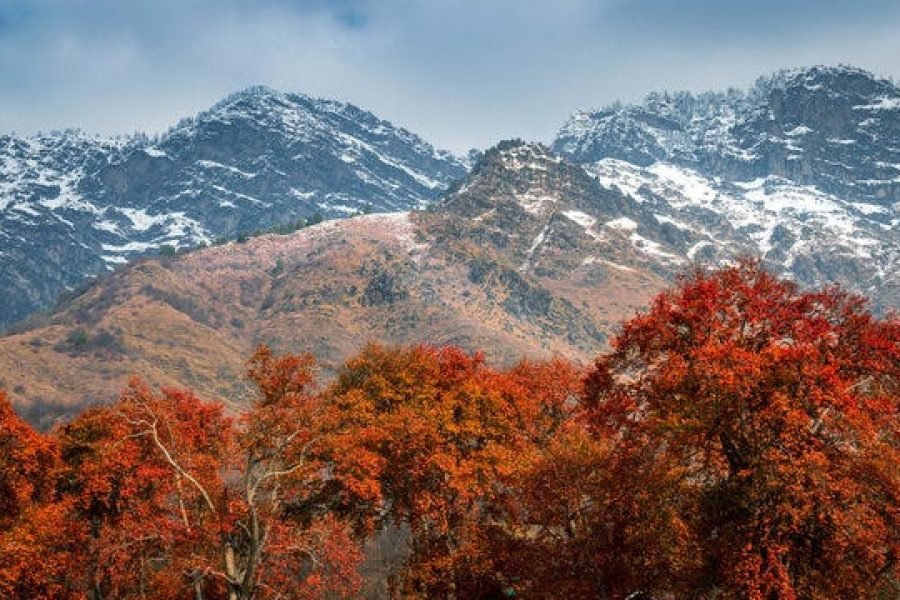

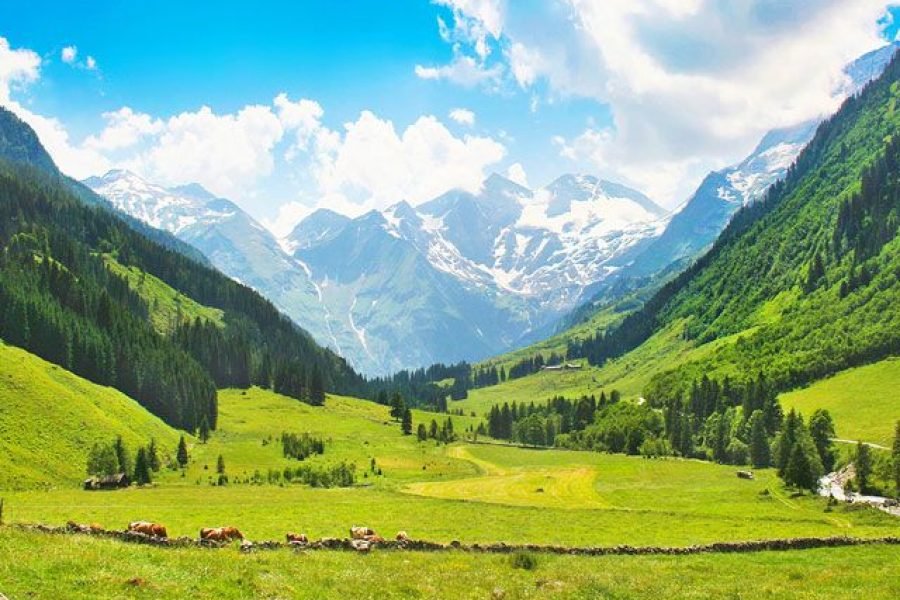
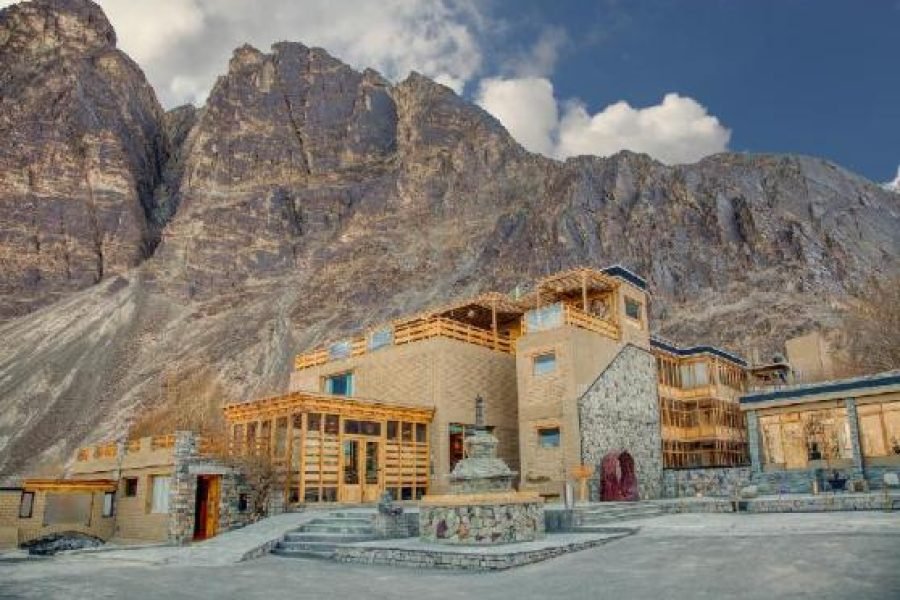

0 Comment